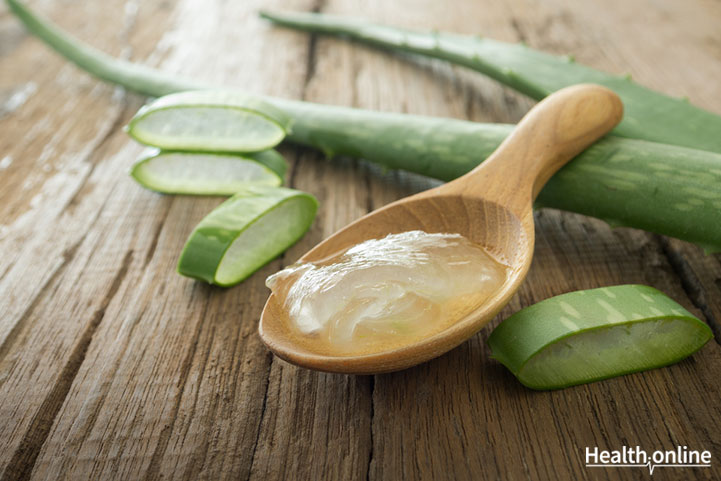
Aloe Vera: Your Skin’s Best Friend
Have you ever checked the ingredients of any beauty product? If not, check them out at once. You’ll find that one particular ingredient keeps surfacing regularly. Yes, you are right! It is Aloe vera, an effective antimicrobial that is often included as part of cosmetics. You’ve probably observed this two-foot-tall plant in the garden, but you’ve most likely been unaware of the full range of what it has to offer.
Aloe vera has prickly leaves which, when crushed, give a jelly-like substance containing water, vitamins, proteins and other compounds. It has a bitter taste but is known for centuries to regulate body temperature. It contains vitamins B, C, E and A. Healing properties are also attributed to this gel, which is known to eliminate toxins from the body due to the presence of acemannan (a carbohydrate).
Aloe vera can be grown in your garden or portico and requires less attention and water. And once it is grown, you can use the gel yourself and prepare various compounds for different purposes. Read on to familiarize yourself with specifics regarding the benefits of Aloe vera for your skin, and how to prepare Aloe vera gel.
Benefits of Aloe vera for your skin:
Treating wounds and burns
If you have minor abrasions, cuts, bruises, etc. you can take a small amount of the Aloe vera gel, and apply it over the wounds. It provides an immediate cooling effect and hastens the healing process. This is the reason why Aloe vera was used for burns in ancient India and China. Another interesting thing to note is that it can be used by all skin types, and causes no allergic reactions.
Moisturizer
Aloe vera gel is a good moisturizer, as it contains Vitamins C, E, and A. It can be used during winter, especially to cure the dry skin problem.
Anti-aging
Due to Aloe Vera’s anti oxidation effect on the skin, it delays aging .
Bleaching
Aloe vera gel can be used to remove a sun-tan. This can be prepared in your kitchen. Take the required amount of Aloe vera gel and apply it over your face. Allow it to remain for fifteen to twenty minutes. Then wash your face with lukewarm water. It will remove the tan from the face, especially the forehead.
To reduce the dullness of the face
Facial skin may appear dull and lifeless, due to the accumulation of toxins. Aloe vera gel can exfoliate the dead cell layer, and expose the underlying fresh skin, leading to a natural glow. It also acts on the collagen to reduce stretch marks or scar marks.
Now that you know how the Aloe vera gel works, we shall see the ways to prepare the Aloe vera gel for various purposes.
How to use Aloe vera gel?
If your skin is dry, then take Aloe vera gel along with rose water, honey, milk, and turmeric. The Aloe vera should be predominantly present, and blend well, to get a homogenous mixture. Now apply the mix on your dry skin and wash after twenty minutes.
For preparing a scrub, you should mix Aloe vera gel with sugar and lemon juice. And apply it uniformly to get the desired exfoliation. Leaving it for some time would help the mix seep deep through the pores.
Aloe vera gel, along with honey or grounded walnuts, can be applied on acne. Either you can apply the gel over the entire face, or only over the parts where acne is present.
If your skin is very sensitive, then you can mix Aloe vera gel with yogurt and rose oil. Repeat the procedure of applying and rinsing after fifteen minutes; it will give you a radiant glow.
Last, but not the least, Aloe vera has the added benefit of helping not just your skin, but your hair as well. This is because the hair is made up of keratin, and Aloe vera is made of a similar protein. Applying Aloe vera gel on the scalp helps in removing dead cells, condition your hair, healing your scalp, reduces itching, dealing with dandruff , and nourishing the hair by giving it a natural shine.
You must use Aloe vera regularly to see good results. Using it once or twice a fortnight would be most beneficial. While using Aloe vera, be sure not to use products that might cross-react with it.




